A must-see for anyone attracted by Turkey’s rich archaeological history, the outstanding Antalya Museum or Antalya Archaeological Museum, 3 km (2 miles) west of Kalekapısı. The current province of Antalya contains tens and tens of major ancient Hellenic, Hellenistic, Roman and other notable archaeological sites. The museum has been decorated with the best items of most of them.
The Collections to See in Antalya Museum
The archaeological museum building in Antalya has 30.000 square metres of exhibition space. The artifacts are arranged and some of them are displayed in the museum garden in various vast halls. The exhibits in the museum show how people work in the area of the province of Antalya for many thousands of years. Let’s have look!
Halls of Ceramics
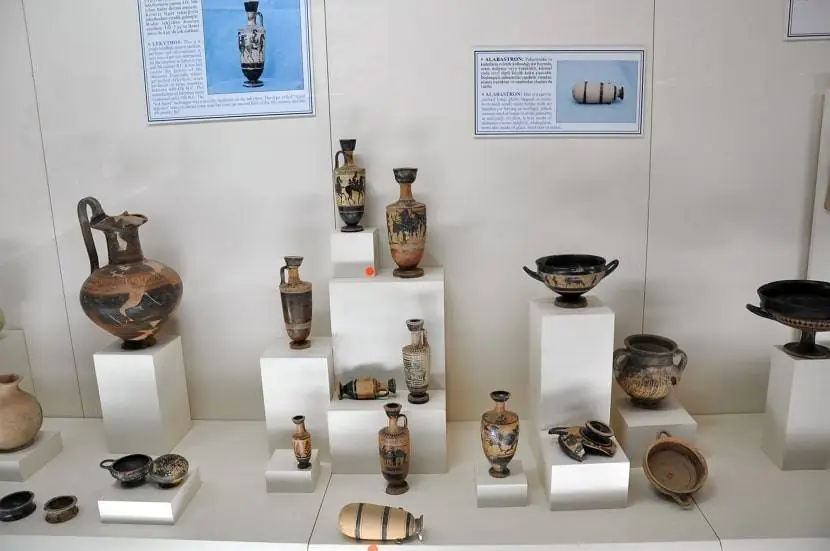
The wide rooms have been decorated with tiny findings from the fourteenth century BC to the fifteenth century AD. There are distinct parts devoted to geomeetric times (9th-7th century BC), archaic and classical (7th-5th centuries BC) and roman and byzantine eras, and the exhibits are arranged in chronological and thematic terms (the 5th-15th centuries AD).
The majority of the space is covered by the ceramic findings, which are artistically decorated. The panels explain how craters, pyxes, cylix and skyphos are to be used. The second portion of this show is dedicated to archaeological sites from the province of Antalya. Different findings – clay and glass containers as well as bronze pieces and gold gems – illustrate them.
Halls of Emperors and Gods
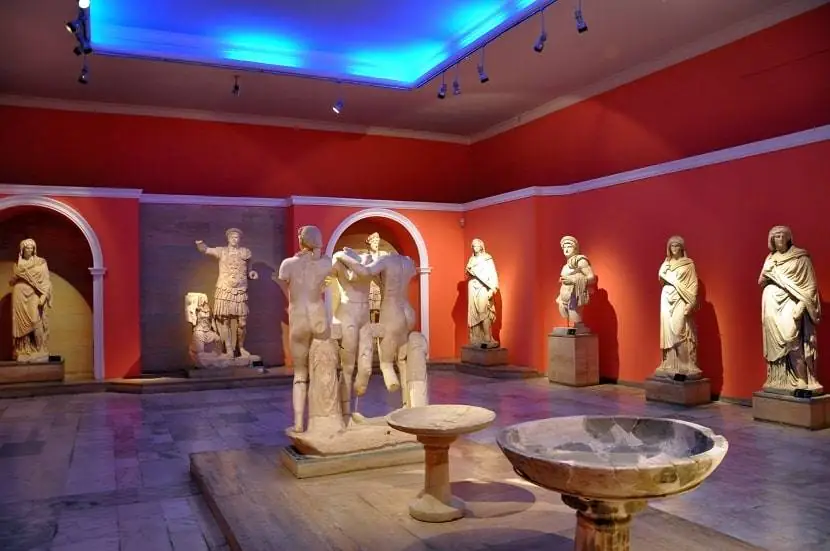
The two halls typically give the tourists the best impression. The statues of Three Graces and a dancing woman are located in the centre of Emperors Hall. The walls of this room feature excellently preserved statues and their women and other prominent individuals of the Roman Emperors. Emperor Hadrian sees the visitors severely and his cropped beard is immediately recognisable. There are actually three statues of this Emperor in the hall – two of them in full armour and one of them is conventionally naked. Even better is Lucius Verus’s beard, but sadly not much of his statue has been survived.
Emperor Trajan is portrayed in lovely armour, clean shaven as opposed to Hadrian. Set in a playful mood, Septimius Severus surprised an emperor well renowned for his serious attitude to his existence.
As the name says, the Sanctuary of Gods is dedicated to old gods and goddesses statues. In Pergue, in the 2nd century AD, they were also made, but in majority only reproductions of ancient Greek statues. Artemis – the goddess of hunting, has misplaced her bow, the breasts of Athena are covered with a leather scale buckler with Medusa’s head in the centre. Naked Apollo glances at a distance passionately.
♦ 5 Days Turkey Tour – Istanbul Antalya Tour
Mosaic Hall
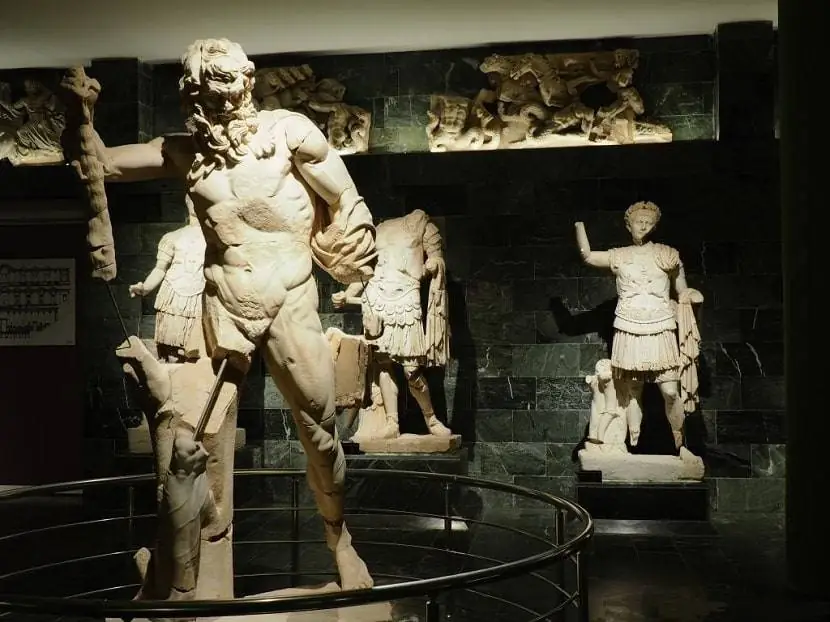
Mosaic Hall is one of the best things to see in Antalya Museum. In the middle of this hall, the mosaics found in the region of Lycia, Seleukeia and Xanthos are presented. The walls are lined with the statues of Hermes & Meleager from Perge and a Rhodiapolis woman from different places. A tri-headed statue of Hekate, the Godess of the underworld unearthed in Pisidian Antioch, is the most impressive piece in this region.
Sarcophagus Hall
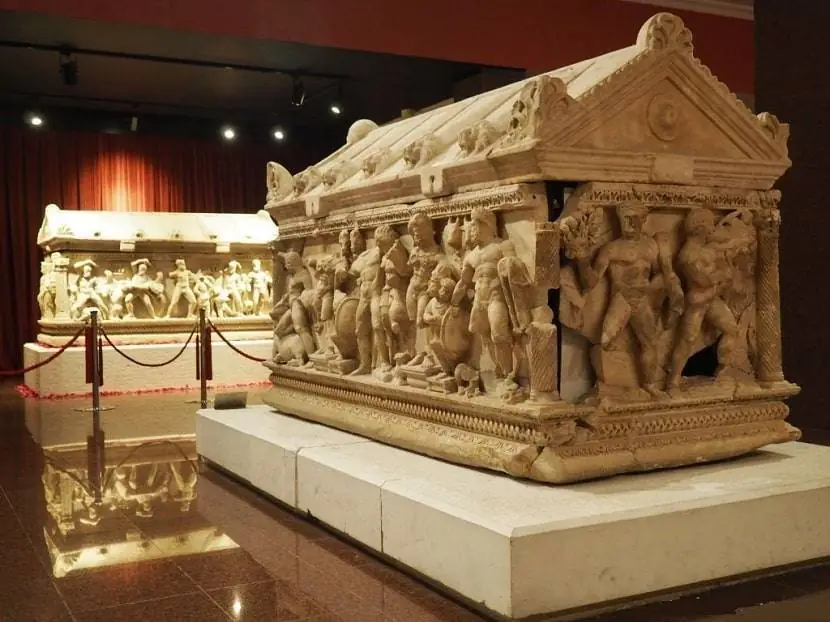
You can feel dim because of the richness symbolised by the sarcophages in this place. The three main groups of the Anatolian sarcophagus represent these displays. Pamphylian can be defined as the first group with characteristic guerrilla and Nike and Eros figures. They were carried out at Perge workshops and then sold to the Roman Empire, particularly Rome.
Sidemara or sarcophags with columns are called the second group. The sarcophagi most abundant in Asia Menor, and those in the museum collections came from the region of Pamphylia. Their decorations remind of the temple with a colonnade are characteristic of these sarcophagi. The scenes of the life of the deceased are depicted between the columns in the shape of reliefs. The laboratory of Hercules has the most interesting sample of this type of sarcophagi in the museum. The sarcophagus of Domitias Julianus and his wife dating back to the 2nd century AD are another magnificent example.
Hall of Coins
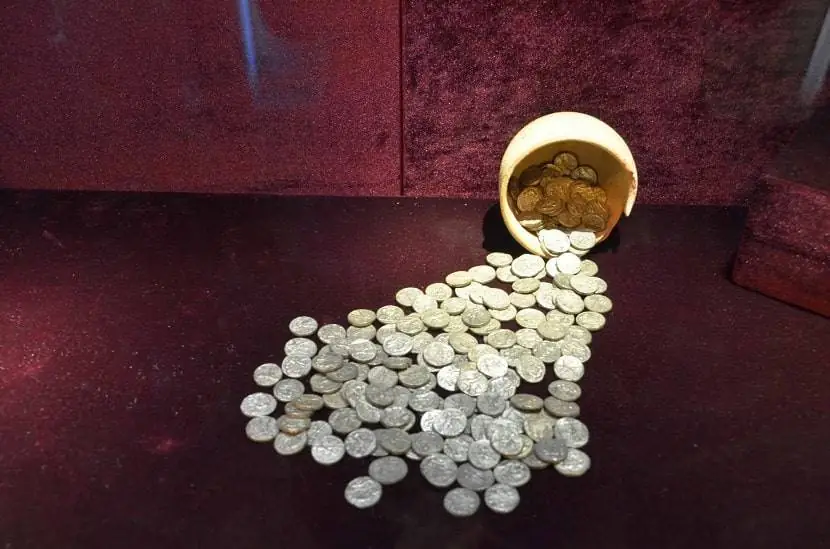
The monuments on show include antique, mediaeval and contemporary works. The coin collections or artefacts buried for millennia and recovered by the archaeologists undamaged should be given special attention by visitors. The Aspendos treasure, including 206 silver staters, is a magnificent example of this class (Greek coins). The staters, which archaeologists uncovered, were minted in Aspendos, the latest being from 350 BC. The owner, after hearing the news of Alexander the Great coming to the city in 332 BC, was thought to have hidden his treasure. Hall of Coins is one of the best things to see in Antalya Archaeological Museum.
♦ 14 Days Turkey Tour – Best Of Turkey
Icons Hall
![]()
This segment of the show collects icons from the Antalya region and dates back to the 18th-19th centuries. The icons collected are an important testament to the existence of Greeks in the Antalya region that concluded with an exchange of population between Turkey and Greece in the 20th century. These icons illustrate the scenes from Jesus’ work, the Last Judgement, Mary’s Ascension and John the Baptist’s life. Icons Hall is one of the best things to see in Antalya Museum.
Hall of Heads and Portraits
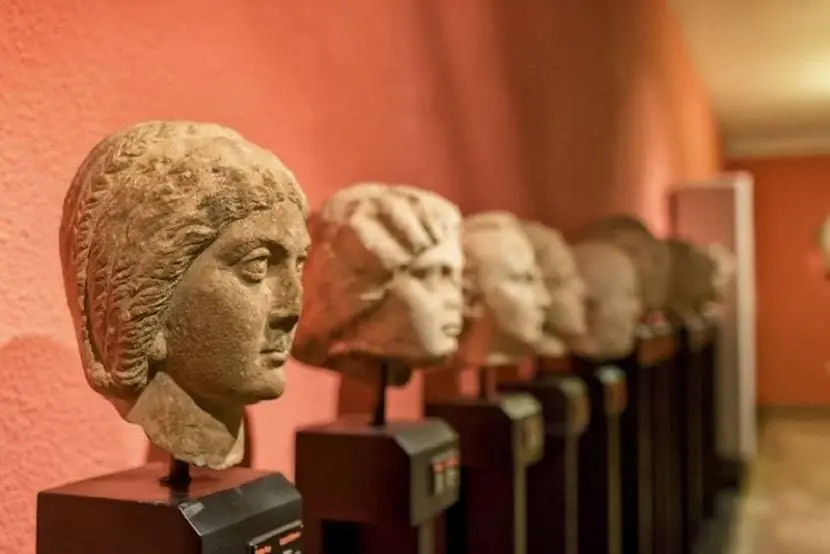
The museum’s dedicated chamber is dedicated to a display of well-known and anonymous heads of marble and unidentified women and men. These skulls have been collected at many archaeological sites like Perge, Patara and Letoon, dating back to the 2nd to the 4th century AD. Hall of Heads and Portraits is one of the best things to see in Antalya Museum.

